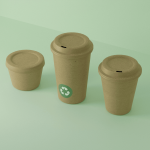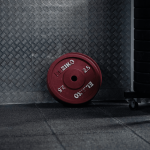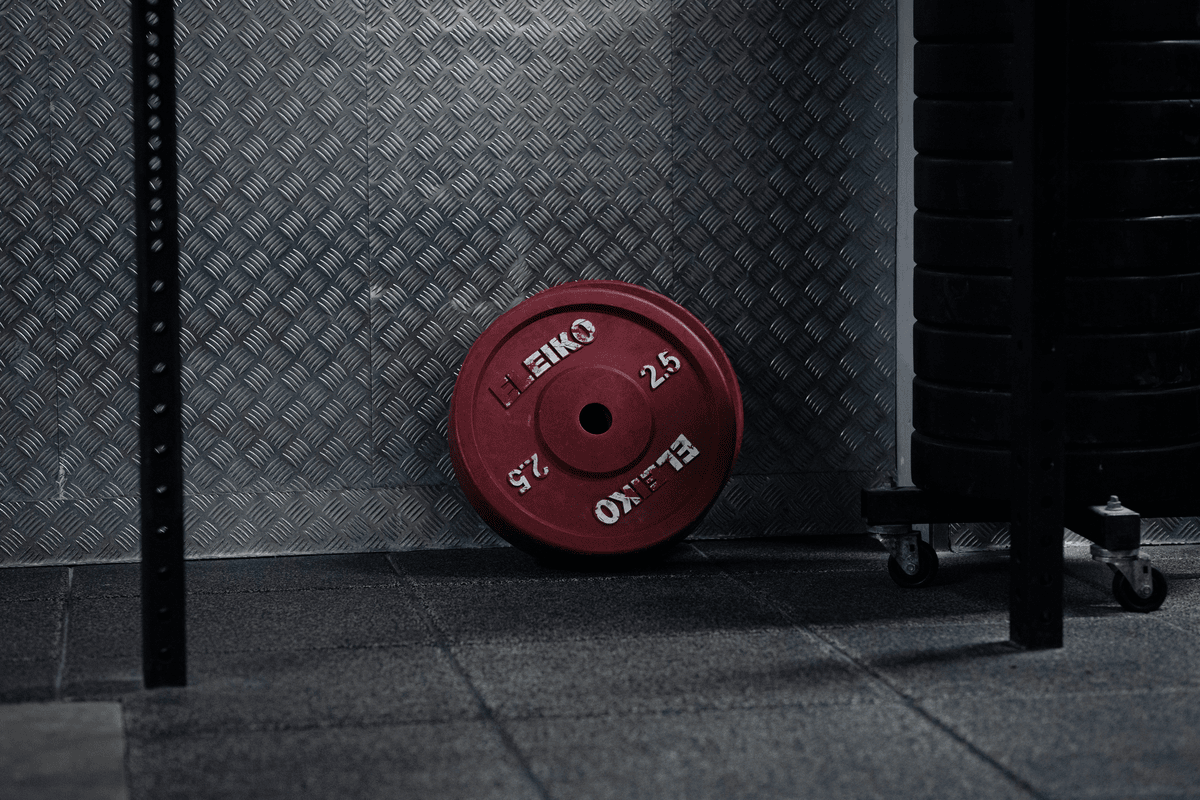Sweat-Resistant Bolo Ties have long held a special place in Western fashion. They’re more than just a neckwear: they represent a statement of culture, style, and individuality. Whether at a country wedding, a rodeo, or a professional Western event, a bolo tie can transform any outfit from ordinary to iconic. However, traditional bolo ties have some drawbacks, especially regarding sweat and prolonged wear.
Sweat-resistant bolo ties are modern innovations that combine style and functionality. In this comprehensive guide, we’ll cover everything from materials and technology to care and purchasing tips to help you choose the best option.
What are sweat-resistant bolo ties?
Sweat-resistant bolo ties are specially designed necktie options that address the common drawbacks of traditional bolo ties. They retain the classic Western charm but are made with advanced materials and innovative designs that resist sweat, moisture, and general wear and tear.
Unlike traditional leather laces, which absorb sweat and can become sticky or discolored, sweat-resistant options are made from treated leather, high-quality synthetic fibers, or moisture-wicking paracord. The hardware is also resistant to rust and corrosion, so your tie will look impeccable even in harsh conditions.
Problems with Traditional Bolo Ties
Before delving into the advantages of sweat-resistant bolo ties, it’s important to understand the disadvantages of traditional options.
Leather Absorbs Sweat
Traditional leather laces can absorb moisture like a sponge. On hot days or at outdoor events, this causes an unpleasant feeling on the skin. Over time, the leather can darken, develop odors, and lose its soft texture.
Vulnerable Metal Components
The clasps, ends, and decorative hardware on traditional bolo ties are often made of inexpensive alloys. When exposed to sweat, these metals can corrode and leave unsightly stains on clothing or cause skin irritation.
Complex Cleaning and Care
Maintaining traditional bolo ties requires careful manual cleaning, which can be time-consuming. Leather can shrink or warp if not cleaned properly. Even polishing the metal parts cannot fully restore tarnished areas.
Less Comfortable with Extended Wear
Traditional bolo ties can feel tight or constricting, even for short periods. Combined with heat and sweat, they quickly become uncomfortable and limit their practical use.
Materials and Technologies for Sweat-Resistant Bolo Ties
These improvements focus on the cord, hardware, and overall construction to ensure durability, comfort, and style.
Cord Materials That Really Work
Coated Leather
Coated leather offers the classic look and feel of traditional bolo ties, but with a moisture-resistant barrier. This protective layer prevents the leather from absorbing sweat, while preserving its natural aesthetic.
Synthetic Materials
High-quality nylon and polyester are incredibly durable and moisture-resistant. They are designed to withstand heavy use, making them ideal for outdoor events, performances, or long workdays.
Paracord Varieties
Originally developed for military use, paracord offers unmatched strength and flexibility. It is highly resistant to sweat, abrasion, and environmental influences, making it the best choice for those who value functionality and modern style equally.
Hardware That Won’t Let You Down
The hardware of a sweat-resistant bolo tie is just as important as the cord itself. It must resist moisture and maintain its aesthetic.
Stainless Steel: Completely rust-proof, hypoallergenic, and durable.
Coated Brass or Zinc Alloys: Inexpensive alternatives with a corrosion-resistant protective treatment.
Ceramic or resin components: Naturally moisture-resistant and suitable for creative and unique designs.
These materials ensure your bolo tie remains functional and stylish without staining your clothes or skin.
Key Benefits of Sweat-Resistant Bolo Ties
Investing in sweat-resistant bolo ties offers numerous advantages:
Comfort
These ties are designed to stay comfortable around your neck even after extended use, without sticking or tightening.
Durability
High-quality laces and corrosion-resistant hardware ensure your tie looks impeccable even after countless uses, unlike traditional options that wear out quickly.
Easy Care
Synthetic and coated leather laces are easier to clean. Many can be wiped with a soft cloth or even machine-washed, making them practical for frequent use.
Uncompromising Style
Modern sweat-resistant bolo ties retain a classic Western aesthetic but are made with materials suitable for everyday use. You don’t have to sacrifice style for functionality.
Perfect Occasions for Sweat-Resistant Bolo Ties
Sweat-resistant bolo ties shine in situations where conventional options fail:
Outdoor Weddings: Look stylish even in the sun without worrying about sweat stains.
Professional Occasions: Ideal for hospitality staff, entertainers, or corporate events that require Western attire.
Festivals and rodeos: Long-duration activities are no longer at odds with comfort and style.
Stage performances: Maintain a flawless look even under the bright lights of the stage. These occasions demonstrate why a practical, sweat-resistant design is essential for Western fashion lovers.
Read more: Duaction
How to Choose the Right Sweat-Resistant Bolo Tie
When choosing a sweat-resistant bolo tie, consider several factors:
Use
For active occasions, synthetic laces offer maximum sweat resistance. For formal occasions, coated leather preserves the traditional look while providing protection.
Adjustability
Make sure your tie has smooth, reliable adjustment mechanisms that prevent pinching and pressure points during extended use.
Style Preferences
Modern sweat-resistant bolo ties come in a variety of designs, from minimalist to ornate prints. Choose a design that suits your wardrobe and personal style.
Hardware
Choose from stainless steel, coated alloys, or resin, depending on your preferences for appearance, durability, and hypoallergenic properties.
Care and Maintenance Tips
Even sweat-resistant bolo ties require proper care to maximize their durability:
Synthetic laces: Most can be machine-washed or wiped clean. Always follow the manufacturer’s instructions. Coated leather: Wipe with a damp cloth; avoid harsh chemicals. The protective coating is primarily responsible.
Proper Storage: Store in a dry, ventilated place to prevent moisture buildup. Avoid sealed plastic bags, as moisture can trap them.
Hardware Care: Occasionally polish or wipe the sliders and tips to maintain their shine and prevent minor corrosion.
With these simple tips, your sweat-resistant bolo tie will remain functional and stylish for years.
Where to Buy High-Quality Sweat-Resistant Bolo Ties
To find the right tie, you need to know where to shop:
Westernwear Specialty Stores
These stores offer practical reviews and expert advice. Staff will be happy to advise you on lace materials, hardware quality, and design options.
Online Marketplaces
Websites like Amazon, Etsy, and westernwear specialty stores offer a wide selection and competitive prices. Read reviews and carefully review return policies.
Custom-Made or Handcrafted Products
Many artisans now offer sweat-resistant materials made using traditional techniques. Custom-made ties allow you to combine modern technology with individual design.
Conclusions
Sweat-resistant bolo ties are more than just a style update: they are a practical solution to the problems that have persisted with traditional Western ties. Combining modern materials, durable hardware, and thoughtful design, these ties offer comfort, style, and reliability in any situation.
Whether at a wedding, on stage, or at a country music festival, sweat-resistant bolo ties allow you to embrace Western fashion without compromising anything. They combine tradition and innovation and are an essential accessory for those who value style and functionality.
By choosing a sweat-resistant bolo tie, you’re choosing a versatile, durable, and stylish accessory that will last you every step of the way. No more sweat stains, uncomfortable laces, or tarnished hardware—simply the perfect combination of fashion and functionality.










